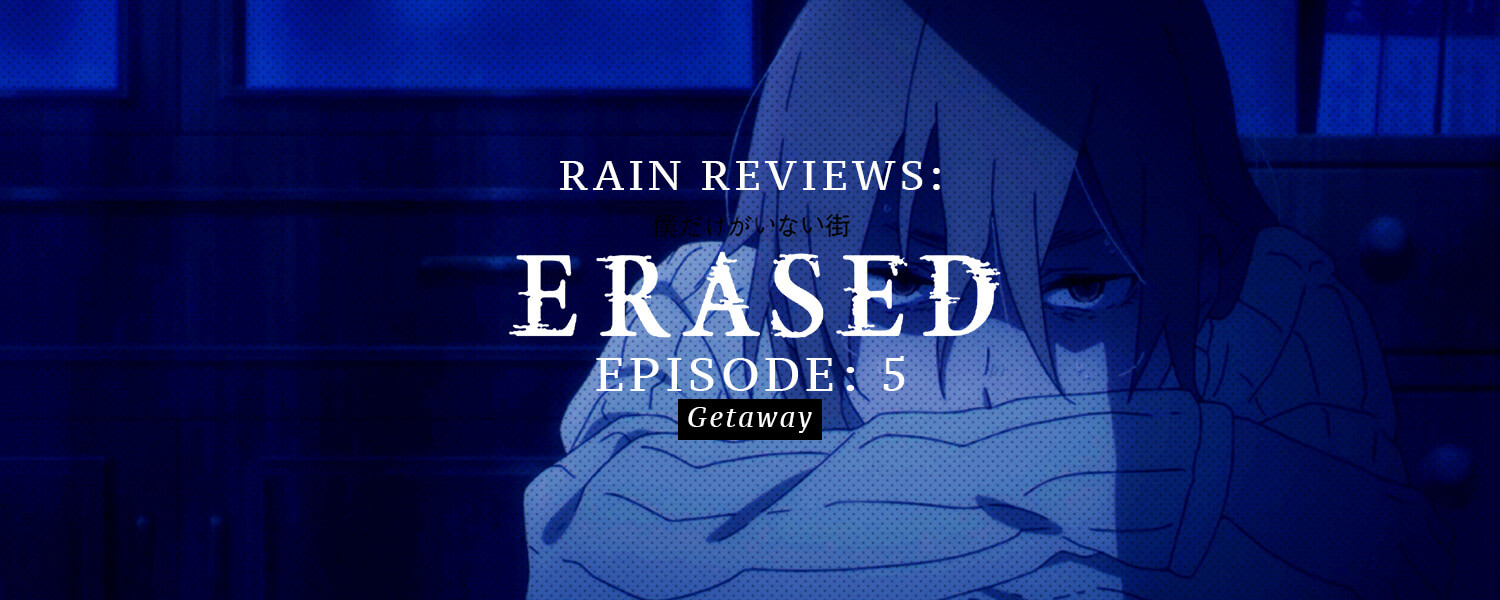Another week, another episode to catch up on. The fifth episode of ERASED involves a bit of a switch from the previous ones so far. How did it turn out? Let’s dive right in!
Note: The following review contains spoilers of the fifth episode of ERASED. If you do not wish to be spoiled, please watch the episode before you continue reading. If you haven’t seen the series, be sure to check out our first impression here (Spoiler-Free).
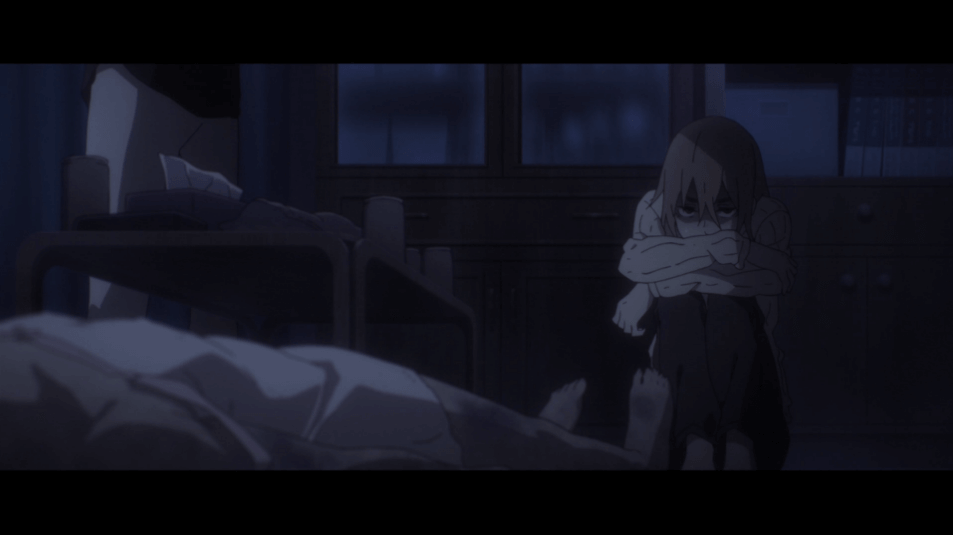
Before the opening credits even begin, we’re taken to a scene that makes itself pretty apparent: Hinazuki’s body on the ground, covered in bruises, with the mother’s mate asking what they should do. This seems like pretty convincing evidence against the idea that Hinazuki’s disappearance is related to the other abduction cases. The interesting thing about this show is that Satoru was able to change a number of things about the original case, one thing being the day of Hinazuki’s disappearance. Is it possible that he prevented her original disappearance, but was unable to stop her from meeting a tragic fate in general? It’s highly possible.
Since Satoru decides to remain home from school for a few days after the disappearance, he’s able to see his mother meet with a former co-worker in front of their house. He’s able to witness the beginning of the investigation with fresh eyes: the conversation between the two is the origin for trying to keep the disappearance as quiet as possible for the sake of the town’s children. More important than witnessing the origin of that, though, is the potential of the former co-worker as an ally to Satoru. He talks about the need to prevent abductions from happening again, but we’re immediately told of one happening a couple scenes later. Perhaps part of the problem is the clamping down of the press? This goes along with what Satoru’s mother tells him right after this scene: “There’s only so much one person can do.” This could very well indicate that Satoru will have to find allies in order for him to successfully change Hinazuki’s fate, as well as the fates of the other victims.
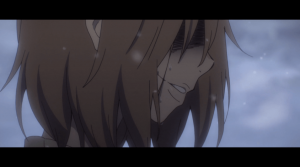
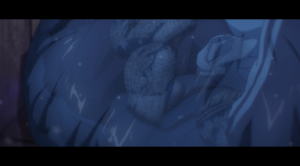
While the police investigate Hinazuki’s mother, another girl goes missing. Police attention moves away from Hinazuki’s case towards the new one to see if there’s a possible connection. Satoru walks past Hinazuki’s apartment and discovers her mother throwing a bag of trash away. She has a smile on her face, which causes Satoru to become suspicious. He approaches the bag and sees a pair of mittens, connecting them with the gift Hinazuki was making for him. Looking closely, the bag also seems to contain other items of clothing. Are they Hinazuki’s? It’s possible. Does this help solidify the case against her mother as well as against the theory that her case is connected to the others? I’m still a little on the fence. While Satoru’s 29-year-old self certainly inhabits part of his 10-year-old body, there are also moments when that 10-year-old seems more dominant in his mind. He’s also on edge because he wasn’t able to save her and knew the mother was harming Hinazuki. Could her smile mean something else? There’s still the question of what her and her mate did with Hinazuki’s body. We’re given a scene later on in which Satoru discovers that the book he had with the case mentioned has changed: it says she died at 11 and that she disappeared on Hina Matsuri. What isn’t mentioned in the episode are the details: whether the location, her body, or any evidence were different from the last case. This makes the scenes with her mother harder to judge. The clothes could have been thrown away to hide evidence of abuse, rather than murder. It’s still not completely clear. All that is certain is that something happened at the apartment on the day she disappeared.
Witnessing this causes complete panic in Satoru, and as he runs aways terrified, he is transported back to 2006. Interestingly enough, it was the terror of his mother being murdered and the police coming to arrest him that initially brought about his Revival. Are such moments the key to him going back and forth? Since he’s never gone back so far in time before, it will be interesting to find out how he’ll get another chance to save Hinazuki.
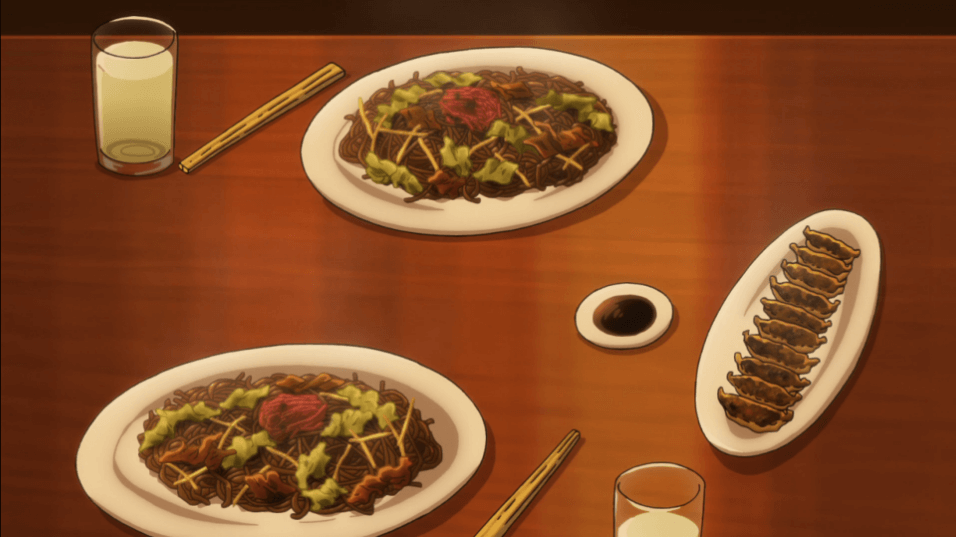
While he’s trying to put the pieces together behind the connection of his mother’s murder to the case from 18 years prior, his manager gets in contact with him and invites him over. Satoru explains that he had a fight with his mother, and the manager reassures him that things will be fine. The manager excuses himself, and when Satoru peers out the window, he sees that his boss has already informed the police of Satoru’s whereabouts. Satoru’s reaction is somewhat understanding: he knows the manager tries to do the right thing, and it’s hard to blame him in this situation. What I liked a lot about this scene is the imagery: we’re first shown a meal set out on the table. After a few lines from the manager, the scene cuts to a picture of The Last Supper. It’s a wonderful little detail that foreshadows the manager’s actions.

Does this picture indicate more, though? After Katagiri shows up and declares herself an ally while offering Satoru a place to stay, we’re given another scene with the manager: he’s in the back room with an associate named Nishizono. There seems to be a connection between Nishizono and the manager’s father: Nishizono mentions giving him “a little boost” with regards to their discussion about a stoplight and pedestrian crossing increasing the flow of business. Of note is the fact that we aren’t shown Nishizono’s face, as well as that he seems to be connected to the city council. We see him staring off at Katagiri as she’s leaving, likely aware that she’s on Satoru’s side. This would explain the pointed conversation the manager has with her when he returns something she forgot at work, claiming that they are both on Satoru’s side. Beyond the image of The Last Supper going along with the manager’s calling the police, then, lies the possibility that it indicates his connection to the opposing force Satoru is trying to discover.
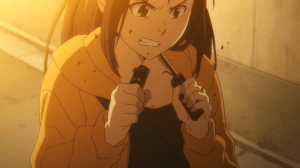
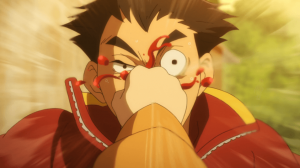
One of the issues with this episode is Katagiri. At this point, she’s only been in the first episode, so we don’t know too much about her. While she doesn’t bring any problems along during her initial appearance in this one, it’s towards the end that leaves me unsure of how to judge both her character and the episode as a whole. Satoru returns to her house after doing some research at the library, and Katagiri discovers that the manager has gone to her house to see if she’s hiding Satoru. The issue I have with this scene is her reaction upon discovering the manager: she not only breaks his cellphone (via her hands, mind you), but also punches him out. This comes off as quite extreme.

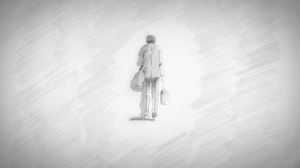
There potentially are decent reasons for this, though: the previous scene does have the manager blushing and acting strange when she mentions bringing pizza for a friend, so it’s possible we don’t know the extent of Katagiri’s relationship with the manager. There’s also the story that Katagiri tells Satoru about her father, which could likely have triggered her rage. The problem with that, though, is that there are some issues with the story she ends up telling Satoru: back when she lived with her parents in the country, her father was accused of stealing a chocolate bar from a store. The owner would have let it go if he owned up to it, but because he refused to confess, the police got involved, and her father suffered a number of repercussions: he was suspended from his agricultural association for three months, after which he quit the association, got divorced, and left. Are all of these consequences a little far-fetched? True, they do live in the country, and older customs and viewpoints tend to remain rather staunchly in rural areas, but is the divorce pushing it? I’m honestly not sure: personally, it seems to be a bit too much, but it’s entirely possible that such consequences could occur for a petty theft. Audiences in Japan would have a better understanding of the situation and its plausibility. Beyond that, though, is the possibility that Katagiri is mistaken: after all, the story is told because of her “wanting” to believe Satoru, just as she wanted to believe her father. There could be parts she’s leaving out, whether on purpose or by accident. While I’m not ready to call these moments “bad,” they do give me pause and took me out of the story a bit, which previous episodes failed to do. Perhaps future episodes will focus on these points.
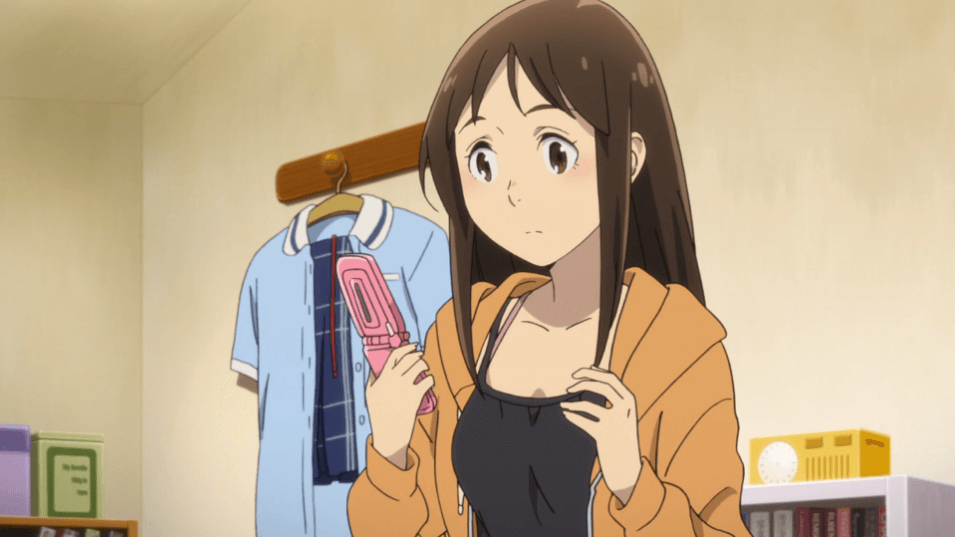
The episode ends with Katagiri receiving a text from Satoru’s mother’s phone from Satoru. She seems to be aware that her phone was stolen (perhaps he mentioned it off screen, since I don’t recall him doing to to her during this episode). She believes it’s a message from the killer, and just as she comes to this conclusion, she sees smoke coming from under her doorway. A fire has been started in the house, and an explosion leaves Katagiri unconscious. I’m not sure why there was an explosion, but perhaps that shall be explained later on, along with the person behind the fire. Will Katagiri make it out alive? I would say yes, but I suppose we’ll just wait and see.
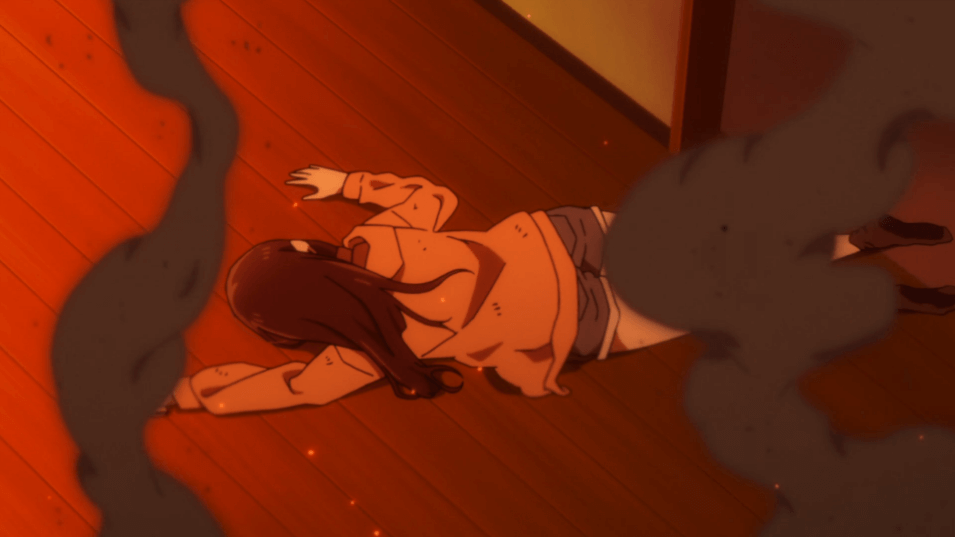
Once again the episode leaves us asking more questions, and the answers we’re given don’t seem complete. While I didn’t think this episode had me as invested as previous ones, it did offer some new interesting possibilities. I would say this is the weakest episode of the series so far, but it was still rather decent, which certainly says a lot about the series. I’m looking forward to getting a better understanding of the characters in Satoru’s present, as well as finding out just how he’ll return to the past.

Featured Sponsor - JAST
The sweetest romance and the darkest corruption, the biggest titles and the indie darlings; for visual novels and eroge, there's nowhere better.
Big thank you to our supporters
From their continous support, we are able to pay our team for their time and hard work on the site.
We have a Thank-You page dedicated to those who help us continue the work that we’ve been doing.
See our thank you page